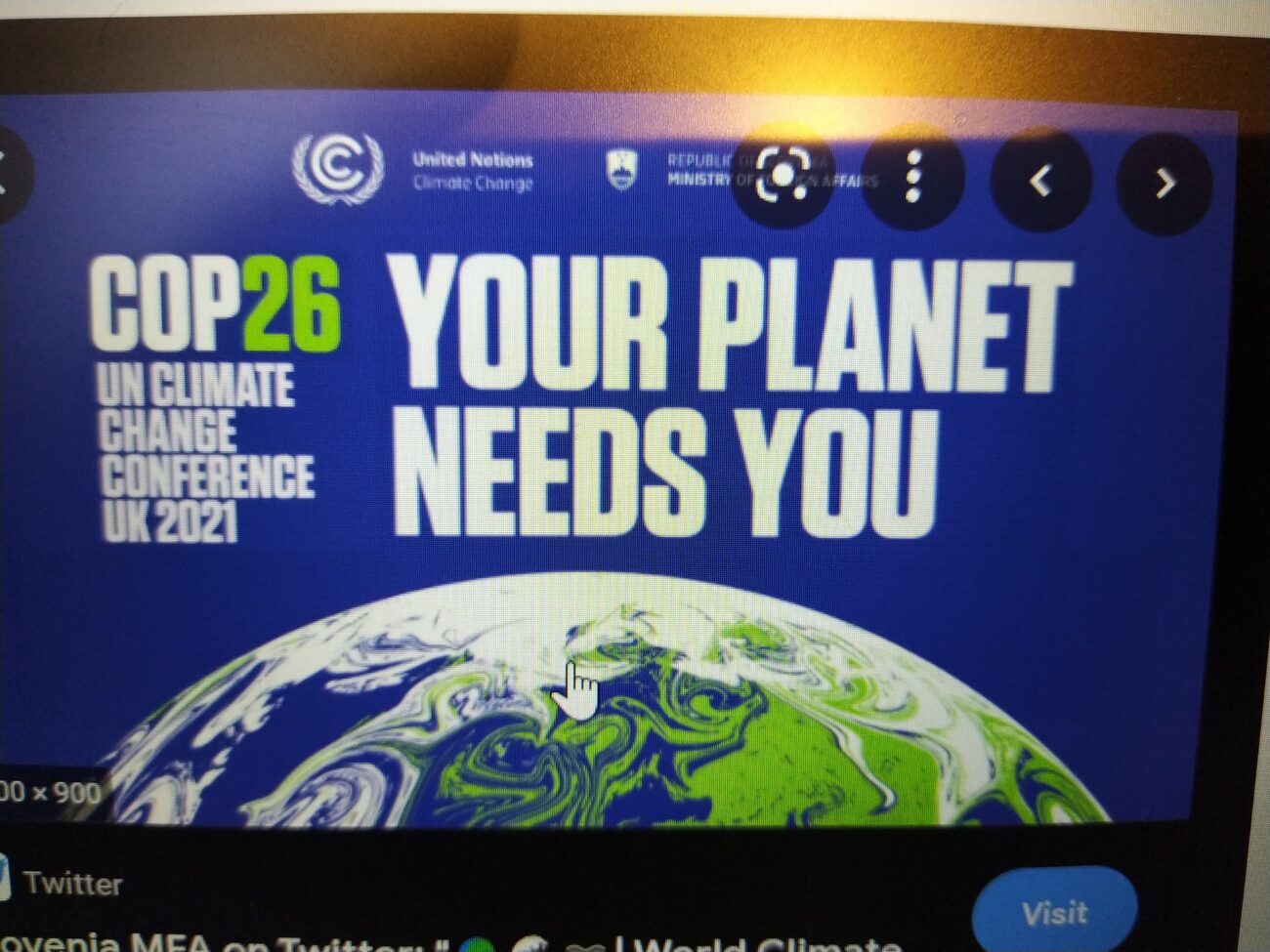
Filed by Ilija Tomanić Trivundža and Lana Špiler. Water is already a big problem in parts of the world. “With increased number and intensity of extreme events, water problem will grow, further exerting lot of pressure on human beings and other species”, says the artist A.
A, who is in his early 20s, has been driven by the love for nature for long and that is the reason for him taking an active part in the climate strike in the capital, Ljublijana. As a child, he was an amateur meteorologist, interested in how nature’s forces worked.
“I am worried that the world will miss meeting the 1.5 degree target and that would bring in more such devastations. More floods, more droughts, more frost, things that don’t fit in the season will be experienced more. We are more or less done. I am also worried about the bees, they are dying out”, he says.
“The problem is that we will only realise the problem once we feel it. I hope we can realise this before things get further worse,” A said.
B, another climate activist, is also sceptical: If we look at what is happening with COVID, I don’t think so. That’s it. I don’t know, I don’t think so, it is really sad and pessimistic, but I don’t think we will find the mindset that we need for such changes quickly enough.
The Politico-Ecological Context
“Although environmental awareness, policy-making and different forms of activism have been present since at least the late 1970s, Slovenia never had a strong green political party nor is one currently in the making. None of the major political parties represented in the parliament have placed environmental issues high on their agendas,” said A.
“Over the last two decades, the most visible forms of environmental activism were local community initiatives fighting against projects in their environment, ranging from infrastructural projects such as roads or railways, to new landfills, incinerators and even wind turbines. These are ad hoc, single mission groups, which have no permanency and do not collaborate with each other,” he added.
There is general awareness of environmental problems and climate change denial is not particularly widespread – but there is this general tendency to believe that environmental crisis is happening elsewhere. People are very sensitive about their micro locations (protesting against new landfills and incinerators) but rarely connect them to a broader picture of climate change and environment.
This perception of environmental crisis happening elsewhere is also amplified by the country’s negligible influence on international politics and policy-making. Slovenia is not a trendsetter or a country that would embark on bold experimental projects; at best, it is a rather belated trend follower.
Climate strike: a hope against all odds
“Roughly half of Slovenia is covered with forests and the country is promoting itself as Europe’s green destination. However, several odds and challenges remain as there is lack of strong political will in protecting nature and fighting climate change,” feels A.
A has been part of the climate strike movement in the country from the beginning. “Late February and early March 2019, when the preparations for the first climate strike began, we felt much energized,” said A. “The preparations took us about two to three weeks of real intense labour. The environment around was supportive as much hype had been created by the climate strike. We were all active all the time, we really devoted our lives [to the strike] those days and for those few weeks we worked only on it”.
B, who has just completed her higher secondary classes, was initially reluctant to enter into environmental activism even though she loved nature. But then she found it interesting when she got a chance to attend the first meeting of Mladi za podnebno pravičnost (meaning ‘Youth for Climate Justice’) in 2019.
Even though the movement has slowed down a bit in the country, they are hopeful, since this has opened up new avenues of awareness generation and discussion in the mainstream media and general public. This development makes them hopeful.
While there is a need for common individuals to switch to sustainable consumption patterns and climate friendly lifestyles, these actions alone are not sufficient to address the challenges posed by climate change. The agitation therefore needs to target the political actors and seek their larger involvement in the causes of climate justice.
A sees the core issue as a problem of partial elite interest: “I think the decision makers have no interest to shake the status quo. Why? Because it suits their pockets and their power.”
There is need for systemic changes, emphasised both the interviewees. When asked where the larger problems are, they both point towards the national leadership: “The state definitely. People can be fairly quickly convinced into anything, if you have a good strategy!”